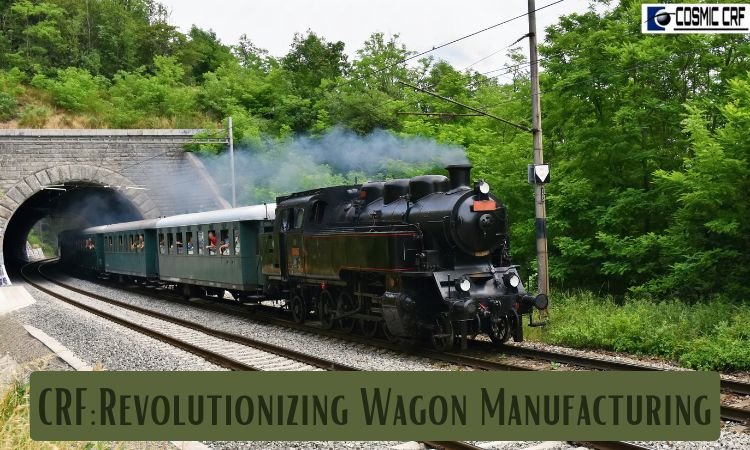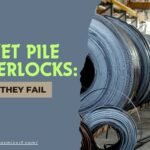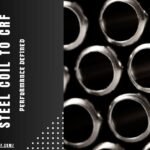Railway wagon engineering has shifted from rugged mass production to modular precision. What used to rely on post-fit adjustments now begins with repeatable profiles. And much of that shift traces back to cold rolled forming.
CRF technology has brought form predictability and material efficiency to freight systems that need both volume and strength.
The innovation doesn’t feel flashy. It feels repeatable. And that’s exactly what wagons need — part after part, job after job.
Let’s understand the layers of how CRF tech is driving that change.
Shaping Strength Without Adding Load
Freight wagons demand payload efficiency. But a lighter frame often came at the cost of structural reliability.
CRF profiles address that balance. The rolling process toughens the steel where it bends, without adding extra metal.
In corners, flanges, and lips, this hardening effect resists local deformation. That allows design teams to specify thinner sheets while still meeting fatigue standards. The weight drops. The stiffness stays.
That’s why many new-generation wagon designs start with a CRF-compatible frame spec. You get higher performance without bulkier steel.
Geometry That Stays Consistent Across Batches
Every batch variation introduces rework. That’s why CRF tooling is calibrated to maintain profile shape, not just size.
Whether it’s a channel for a solebar or a Z-section for a cross member, what exits the line today must match what was stamped three weeks ago.
This accuracy pays off in scale. Rail yards assembling wagons in parallel need parts to fit without pause. Hole positions match. Flange lengths align. There’s no adjusting clamps or spacing jigs on the fly.
With CRF, that level of repeatability becomes the default, not an exception.
Fewer Fixtures, Faster Line Speeds
A fabrication shop moves only as fast as its fit-up station. Traditional hot-rolled parts used to bring variation in thickness or warping at the edge. Workers needed secondary setups to grind, level, or square ends before weld prep.
CRF sections skip most of that.
Since the form stays uniform along the length, fewer fixtures are needed to position it for downstream joining. Whether it’s robotic welders or manual fitters, everyone deals with clean edges and straight spans.
This clean input reduces heat distortion during welding. And the result shows up later — in neater paint holds and fewer rattle points in the field.
Designed Around Profiles, Not Adjustments
Older wagon assembly lines were designed around error handling. Fitters expected to shim, adjust, or realign parts on site. That mindset created delays, especially when orders scaled.
CRF reshapes that thinking. With known tolerances and reliable shapes, engineering teams begin designing for direct fitment. A 75 mm slot lands where it should. A 3-meter beam comes square. The design effort moves upstream, reducing time in assembly.
This also changes vendor collaboration. Wagon parts manufacturers working with CRF inputs know what output to expect, and so do inspection teams.
Fit That Holds, Even After Long Hauls
A wagon’s job doesn’t end at assembly. It begins. Loads shift. Routes stress joints. Weather adds fatigue.
This is where CRF-made components hold their value. Their structure flexes in the right places and holds shape in the others. That balance extends the life of mountings and connections across:
- Coupler brackets
- End wall supports
- Brake rig assemblies
- Underframe cross bracing
- Floor anchor panels
Each of these uses shape integrity, not just weld length, to hold under motion. That’s where precision in the profile translates into service life.
Final Thoughts
Wagon manufacturing today demands predictability, not improvisation. CRF technology delivers that, from straightness at the first meter to consistency at the thousandth.
At Cosmic CRF, this focus on dimensional control and batch repeatability defines how we support wagon assembly needs.
Whether we’re shaping a floor brace or a structural beam, our presses follow the same idea: shape once, repeat endlessly, fit without struggle.
That’s how structure supports motion — not with excess metal, but with clarity in form.




